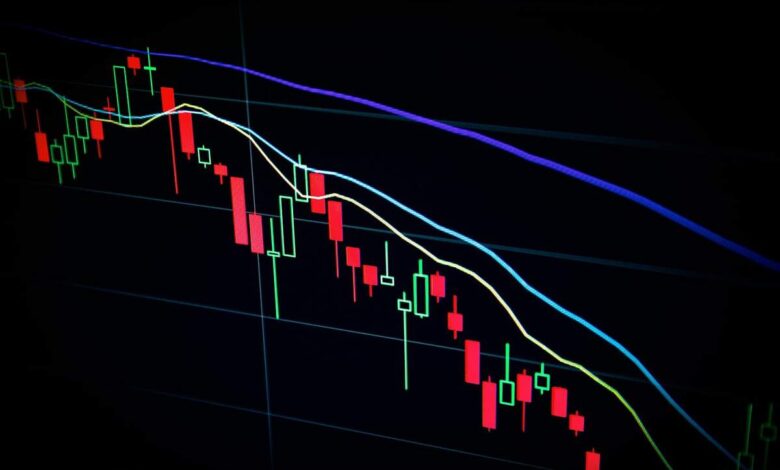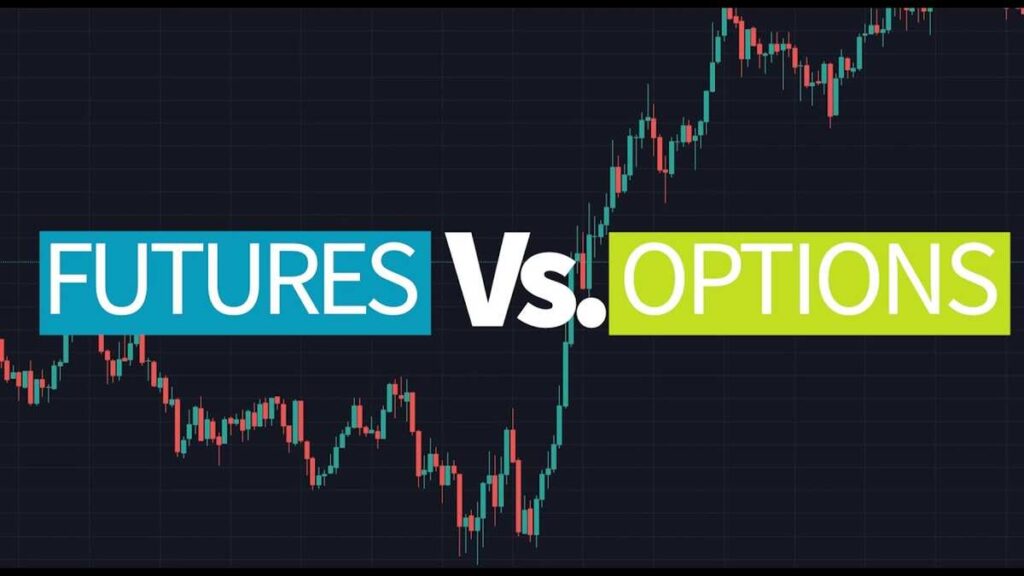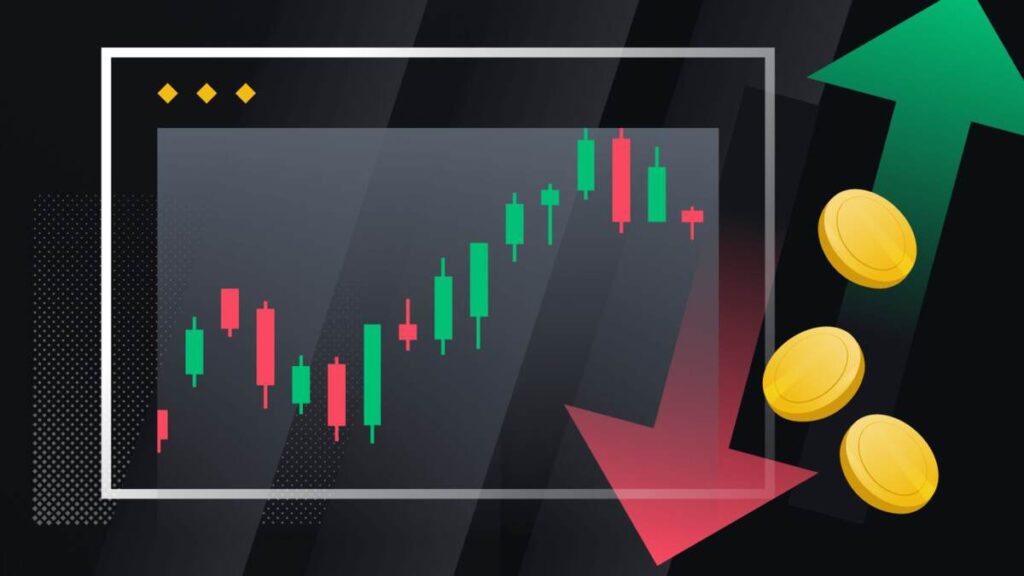Futures and Options: Derivatives, Forwards, Swaps and Ticks
Futures and Options

Futures and Options are pivotal in the world of finance, providing investors with opportunities to hedge risks, speculate on price movements. In this article, we will delve deep into the intricacies of futures and options, their differences, benefits, and how they can be utilized effectively in investment strategies.
What Are Futures?
Futures contracts are standardized agreements to buy or sell an asset at a predetermined price at a specified time in the future. Futures and Options these contracts are traded on futures exchanges and can cover various assets, including commodities, stocks, indices, and currencies.
How Futures and Options Work
Futures contracts obligate the buyer to purchase and the seller to sell the underlying asset at the contract’s expiration date. This feature makes futures an essential tool for hedgers and speculators:
- Hedgers use futures to lock in prices and manage the risk of price fluctuations.
- Speculators aim to profit from price changes by buying low and selling high or selling high and buying low.
Key Features of Contracts Futures and Options
- Standardization: Futures contracts are standardized in terms of quantity, quality, and delivery time, ensuring uniformity in trading.
- Leverage: Futures trading involves a small initial margin, allowing traders to control large positions with minimal capital.
- Liquidity: Futures markets are highly liquid, providing easy entry and exit for traders.
- Mark-to-Market: Futures positions are marked to market daily, meaning gains and losses are settled at the end of each trading day.
What Are Options? Futures and Options

Options contracts provide the right, but not the obligation, to buy (call option) or sell (put option) an asset at a predetermined price within a specified time frame. Futures and Options can be traded on various assets, similar to futures.
How Futures and Options Work
Options are classified into two main types:
- Call Options: Grant the holder the right to buy an asset at a specified price (strike price) before or on the expiration date.
- Put Options: Grant the holder the right to sell an asset at a specified price before or on the expiration date.
Key Features of Options Contracts
- Flexibility: Options offer the right but not the obligation to execute the contract, providing flexibility in trading strategies.
- Premium: The cost of an options contract is called the premium, which is paid by the buyer to the seller.
- Limited Risk: For buyers, the risk is limited to the premium paid, while the potential for profit is theoretically unlimited.
- Strategic Uses: Options can be used for hedging, speculation, and income generation through strategies like covered calls and protective puts.
Differences Between Futures and Options

While both futures and options are derivatives, they have distinct characteristics that cater to different trading strategies and risk profiles:
- Obligation vs. Right: Futures and Options contracts obligate the parties to execute the trade, whereas options grant the right without obligation.
- Cost Structure: Futures require an initial margin and involve daily settlement, while options require an upfront premium.
- Risk Exposure: Futures entail unlimited risk and profit potential, whereas options limit the buyer’s risk to the premium paid.
Benefits of Trading Futures and Options
Trading futures and options offers several advantages to investors:
Leverage
Both futures and options provide leverage, allowing traders to control large positions with relatively small capital outlays. This leverage can amplify gains, though it also increases potential losses.
Hedging
Futures and options are essential tools for hedging against adverse price movements. For example, a farmer can use futures to lock in a selling price for their crop, or an investor can use options to protect their portfolio from market downturns.
Speculation Futures and Options
Speculators can take advantage of price volatility in the markets by trading futures and options. These instruments enable them to bet on price movements in either direction, seeking to profit from market fluctuations.
Income Generation
Options strategies like covered calls can generate additional income for investors. By selling call options on stocks they own, investors can earn premiums while potentially selling their stocks at a higher price.
Strategies for Trading Futures and Options

Successful trading of futures and options requires a well-thought-out strategy. Here are some common strategies:
Hedging Strategies
- Short Hedge: Involves selling futures contracts to protect against falling prices.
- Protective Puts: Buying put options to guard against a decline in the value of an asset.
Speculative Strategies Futures and Options
- Bullish Strategies: Buying call options or futures to profit from anticipated price increases.
- Bearish Strategies: Buying put options or selling futures to profit from anticipated price decreases.
Income Strategies Futures and Options
- Covered Calls: Selling call options on owned stocks to generate income from premiums.
- Iron Condors: Using a combination of call and put options to profit from low volatility.
Risks Involved in Futures and Options Trading

While futures and options offer significant benefits, they also come with inherent risks:
Market Risk
Price volatility in the underlying asset can lead to substantial gains or losses. Traders must be prepared for the impact of market fluctuations.
Leverage Risk Futures and Options
Leverage can amplify both profits and losses. Traders should use leverage judiciously and be aware of the potential for significant losses.
Liquidity Risk
In less liquid markets, it may be difficult to enter or exit positions at desired prices, Futures and Options leading to unfavorable trades.
Counterparty Risk Futures and Options
The risk that the other party in a futures or options contract may default on their obligations. This risk is mitigated in futures markets through clearinghouses that guarantee trades.
Conclusion
Futures and options are powerful financial instruments that offer unique advantages for hedging, speculation, and income generation. Understanding their mechanisms, benefits, and risks is crucial for making informed trading decisions. Futures and Options By employing strategic approaches, investors can harness the potential of futures and options to achieve their financial objectives.
Click Here: Convert PDF to Markdown

